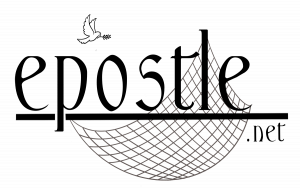First Discovery is Enough to Celebrate
Armodoxy for Today: First Discovery is Enough
One of the celebrations of the Holy Cross takes place this week. It commemorates the discovery of the Cross of Christ. It comes from the fourth century. The mother of the Roman Emperor Constantine, having converted to Christianity, sets out to find the Cross of Christ. She travels from the Roman Empire to Jerusalem and there finds the True Cross of Christ.
It is a story that is laced with beauty, wonder and what is often described as miracles. It points to one of the most precious objects of our faith, the Holy Cross, and of course, its discovery is a reason for joy and celebration.
But there is a very special message that is woven into the Scriptural passage of the Day. The Church Fathers have assigned to this day a passage from Matthew chapter 24 (verses 27 to 36). In it, Jesus speaks about the Second Coming of Christ, and likens it to “the lightning [which] comes from the east and flashes to the west, so also will the coming of the Son of Man be… the sign of the Son of Man will appear in heaven, and then all the tribes of the earth will mourn, and they will see the Son of Man coming on the clouds of heaven with power and great glory.” At the end of the description Jesus reveals, “But of that day and hour no one knows, not even the angels of heaven, but My Father only.”
Discovering this “second Cross” of the Jesus has turned into an obsession with so many people, with books, seminars, sects and denominations that have sprouted in particular over the last century. Some churches have even published timelines and dates for the Second Coming. Dare I say, the Second Coming of Christ has turned into big business, bringing in millions of dollars for access to this information. Tragically, these groups and sects even confuse people by using titles such as “church” and have misinformed people about Scripture. The real tragedy is that many have abandoned the opportunity to live, in hopes of deciphering God’s will.
Plainly, Jesus says, dates and times are in God’s domain. Trust God. Don’t miss the opportunity to live and celebrate the day has God has given you. Live your life today. Or as Jesus so eloquently stated, “Seek first the kingdom of God and His righteousness… do not worry about tomorrow, for tomorrow will worry about its own things. Sufficient for the day is its own trouble.” (Matthew 6)


